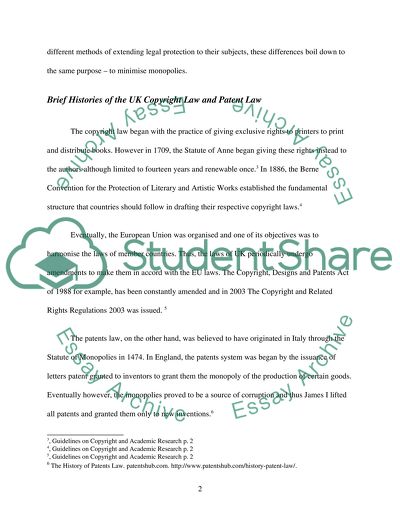Cite this document
(“Comparison of the UK Copyright Law and Patent Law Research Paper”, n.d.)
Comparison of the UK Copyright Law and Patent Law Research Paper. Retrieved from https://studentshare.org/law/1545988-intellectual-property-law-in-english-law-law-essay
Comparison of the UK Copyright Law and Patent Law Research Paper. Retrieved from https://studentshare.org/law/1545988-intellectual-property-law-in-english-law-law-essay
(Comparison of the UK Copyright Law and Patent Law Research Paper)
Comparison of the UK Copyright Law and Patent Law Research Paper. https://studentshare.org/law/1545988-intellectual-property-law-in-english-law-law-essay.
Comparison of the UK Copyright Law and Patent Law Research Paper. https://studentshare.org/law/1545988-intellectual-property-law-in-english-law-law-essay.
“Comparison of the UK Copyright Law and Patent Law Research Paper”, n.d. https://studentshare.org/law/1545988-intellectual-property-law-in-english-law-law-essay.


